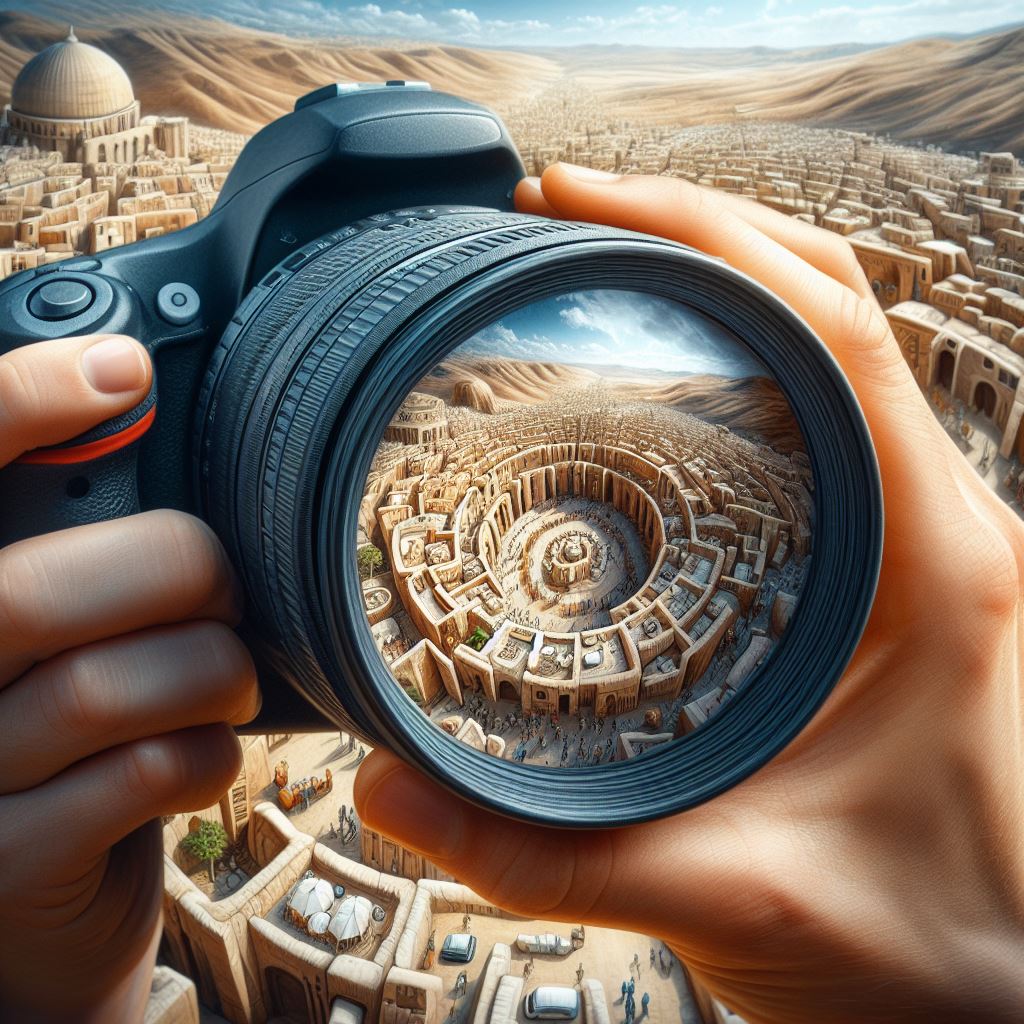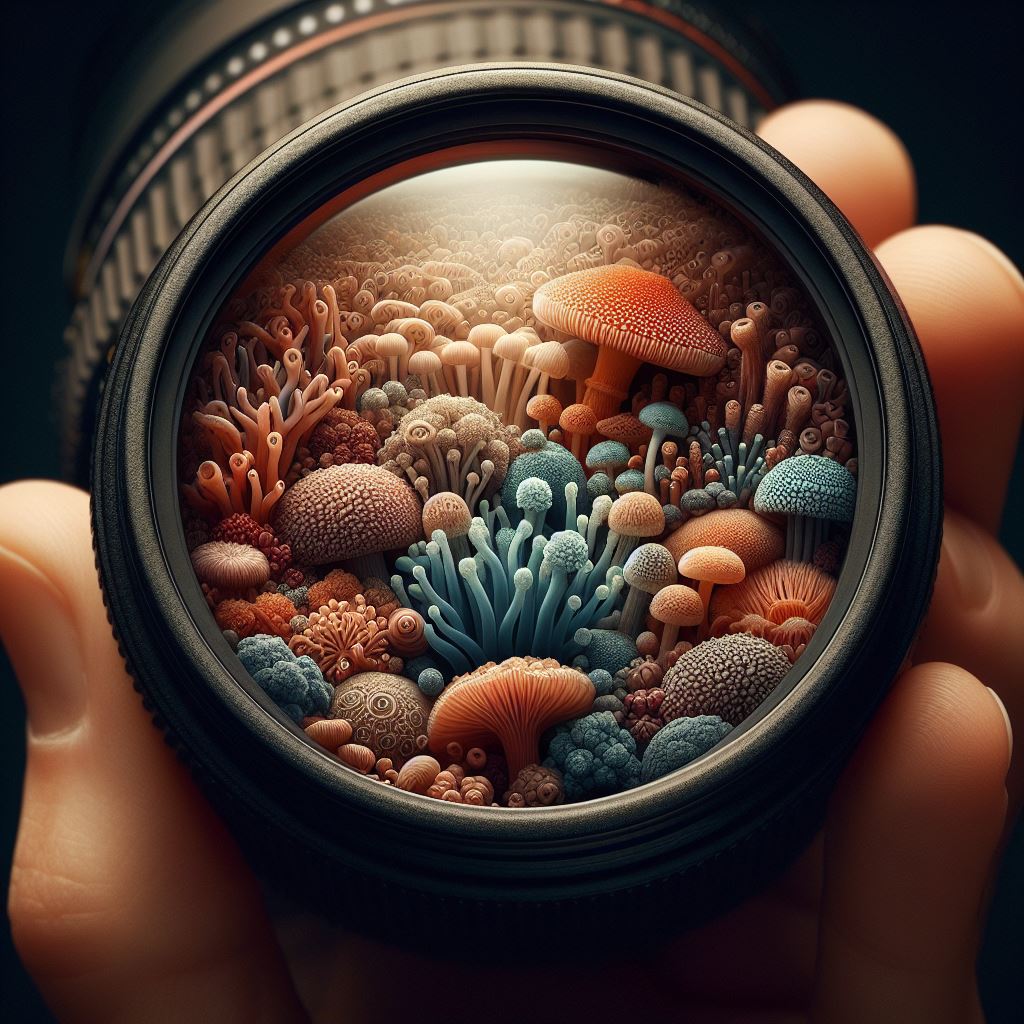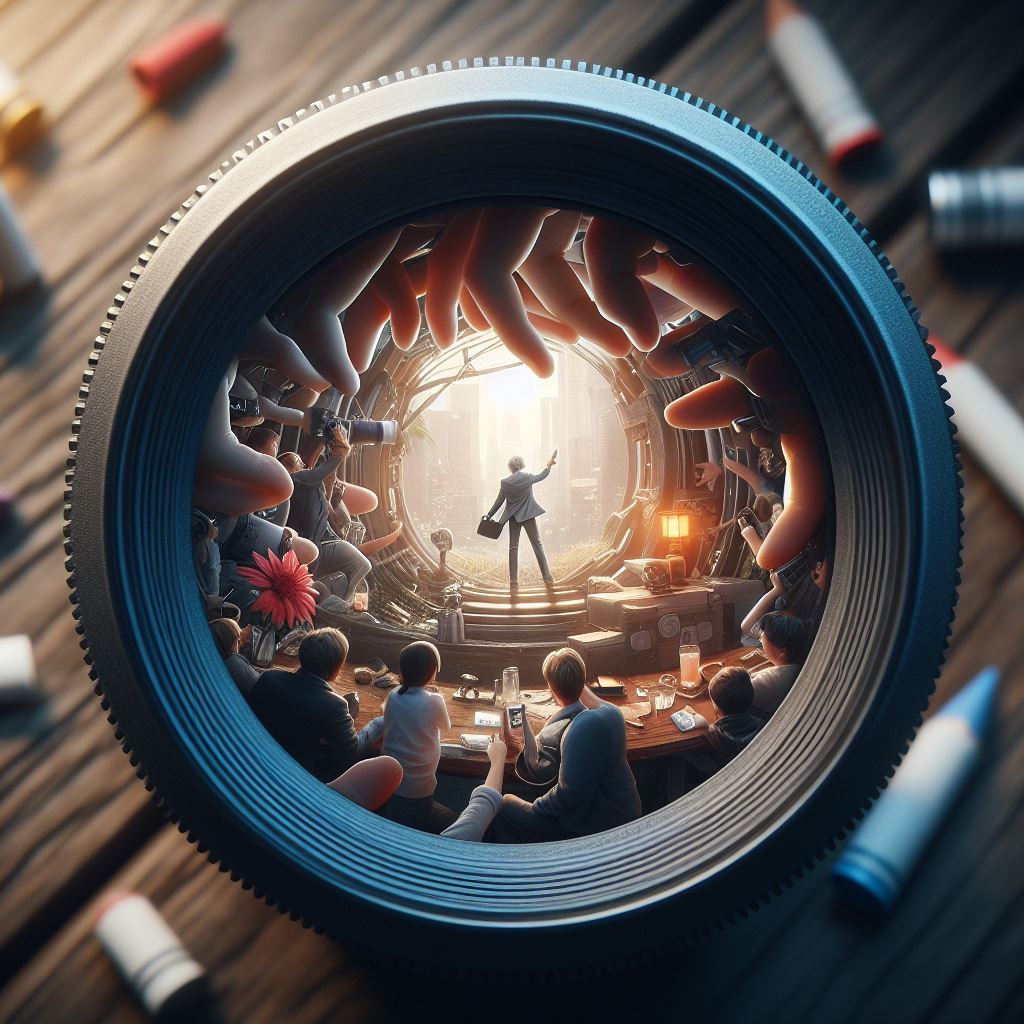In a world saturated with images, standing out often means taking a closer look—quite literally. The concept of “zoomée” (a play on the French word for “zoomed in”) embodies the practice of zooming in on subjects to capture intricate details and foster a deeper connection with the viewer. This photographic technique brings into sharp focus the textures, patterns, and emotions that might otherwise go unnoticed in a wider frame. In this article, we’ll explore the essence of zoomée, its applications, and tips for mastering the art of the focused image.
Understanding Zoomée

Zoomée is more than just a close-up; it’s a creative process that requires both technical skill and artistic insight. It allows photographers and viewers alike to engage with a subject on a more intimate level, often revealing a perspective that is hidden in plain sight.
The Power of Detail
A zoomée approach brings the tiniest details into prominence. It emphasizes the unique beauty found in the textures and patterns of a subject, whether it’s the intricate lines on a leaf, the subtle weave of a fabric, or the delicate features of a human face. In doing so, it tells a story that might be missed in a broader shot.
Emotional Connection
By focusing in, zoomée creates a sense of intimacy and immediacy. It can elicit emotional responses by isolating and highlighting aspects of the subject that resonate with viewers on a personal level. For example, a zoomed-in image of a person’s eyes can convey a depth of emotion that a full-body portrait might not.
Applications of Zoomée

Zoomée has a place in various forms of visual media, from photography and film to advertising and social media content. It’s a versatile technique that serves multiple purposes across different industries.
Photography and Film
In photography and film, zoomée can be used to draw the viewer’s attention to a specific element, helping to tell a story or convey a message without the distraction of a busy background. It’s a powerful tool for both portrait and macro photography.
Advertising
In the world of advertising, zoomée can be an effective way to highlight product features. By focusing on specific aspects of a product, advertisers can create a strong visual impression that sticks with potential customers.
Social Media
On social media platforms, zoomée can make content more engaging by offering a unique perspective. It often results in visually striking images that are more likely to capture the attention of scrolling users.
Techniques for Capturing Zoomée Images

Creating compelling zoomée content involves a mix of technical know-how and creative vision. Here are some techniques to consider when aiming for that perfect focused shot.
Equipment Choices
The right equipment is crucial for achieving a sharp zoomée image. A camera with a high-quality zoom lens or a macro lens is ideal. For smartphone photographers, attachable macro lenses can provide a similar effect.
Composition and Framing
Composition is key. Determine what you want to highlight and frame your shot to lead the viewer’s eye directly to the subject. The rule of thirds, leading lines, and framing within a frame are all compositional techniques that can enhance the impact of a zoomée image.
Lighting
Good lighting can make or break a zoomée shot. Natural light is often the most flattering, but if you’re indoors, consider using a softbox or ring light to evenly illuminate your subject and bring out its details.
Depth of Field
Playing with depth of field can add a dramatic effect to your zoomée images. A shallow depth of field will blur the background and foreground, isolating your subject and making it stand out.
Post-Processing
Finally, post-processing software can be used to refine your zoomée images. Tools like Photoshop or Lightroom allow you to adjust the sharpness, contrast, and color to make the details pop.
Challenges and Solutions
While zoomée can produce stunning results, it’s not without its challenges. Here are some common issues & how to address them.
Maintaining Sharpness
One of the biggest challenges with zoomée is keeping your image sharp. Use a tripod to prevent camera shake and consider using a faster shutter speed to capture even the slightest movements.
Dealing with Noise
Zooming in can sometimes introduce digital noise, especially in low-light conditions. To minimize noise, shoot with the lowest ISO possible and use noise reduction tools during post-processing.
Avoiding Distortion
Lens distortion can be problematic when working with zoom lenses. To avoid this, shoot from a distance and zoom in rather than getting physically close to your subject.
Inspiration from the Masters
Looking at the work of renowned photographers who excel at the zoomée technique can provide inspiration and insight into how to effectively apply this approach. Study the works of macro photographers and portrait artists to understand how they use zoomée to tell stories and evoke emotions.
Conclusion
Zoomée is a technique that, when used thoughtfully, can transform the mundane into the magnificent. It’s about focusing in on what truly matters—capturing the essence of a subject in a way that engages and moves the viewer. Whether you’re a professional photographer, a marketer, or a social media enthusiast, mastering the art of the focused image is a powerful skill in your visual storytelling arsenal.
With practice, patience, and a keen eye for detail, you can elevate your imagery and create zoomée masterpieces that stand out in a crowded visual landscape.
Remember, the beauty of zoomée lies in its ability to draw the viewer into an intimate world, one detail at a time. So, the next time you’re behind the lens, consider going for a closer look—you might just capture something extraordinary.
For more information, visit: Clochant




